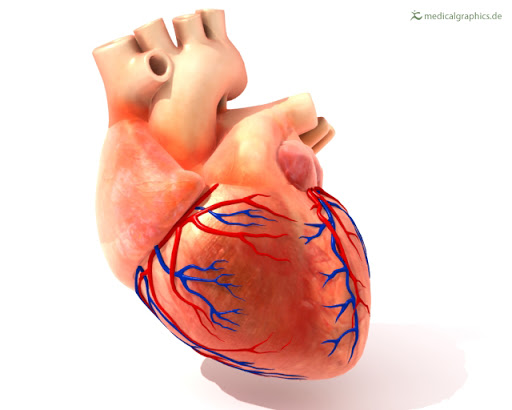Abstract
Background
Statins are hypothesized to reduce the risk of cardiotoxicity associated with anthracyclines and trastuzumab. Our aim was to study the association of statin exposure with hospitalization or emergency department visits (hospital presentations) for heart failure (HF) after anthracycline‐ and/or trastuzumab‐containing chemotherapy for early breast cancer.
Methods and Results
Using linked administrative databases, we conducted a retrospective cohort study of women aged ≥66 years without prior HF who received anthracyclines or trastuzumab for newly diagnosed early breast cancer in Ontario between 2007 to 2017. Statin‐exposed and unexposed women were matched 1:1 using propensity scores. Trastuzumab‐treated women were also matched on anthracycline exposure. We matched 666 statin‐discordant pairs of anthracycline‐treated women and 390 pairs of trastuzumab‐treated women (median age, 69 and 71 years, respectively). The 5‐year cumulative incidence of HF hospital presentations after anthracyclines was 1.2% (95% CI, 0.5%–2.6%) in statin‐exposed women and 2.9% (95% CI, 1.7%–4.6%) in unexposed women (P value, 0.01). The cause‐specific hazard ratio associated with statins in the anthracycline cohort was 0.45 (95% CI, 0.24–0.85; P value, 0.01). After trastuzumab, the 5‐year cumulative incidence of HF hospital presentations was 2.7% (95% CI, 1.2%–5.2%) in statin‐exposed women and 3.7% (95% CI, 2.0%–6.2%) in unexposed women (P value 0.09). The cause‐specific hazard ratio associated with statins in the trastuzumab cohort was 0.46 (95% CI, 0.20–1.07; P value, 0.07)







